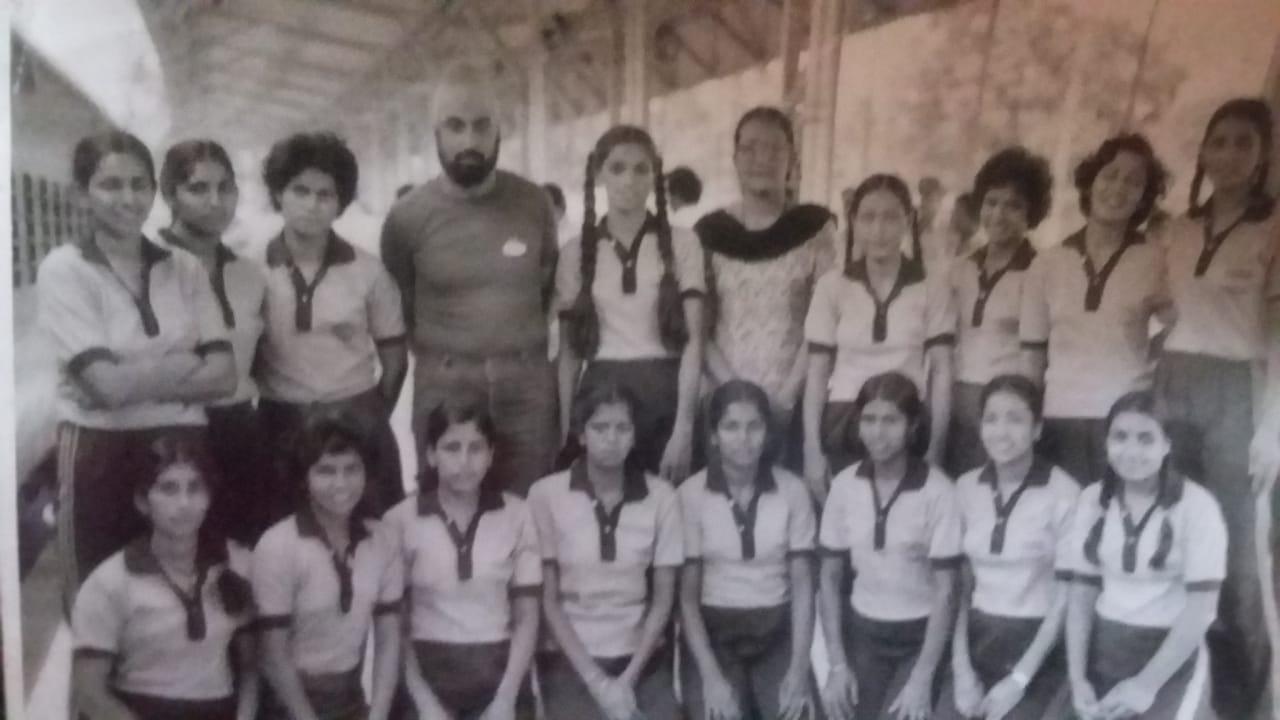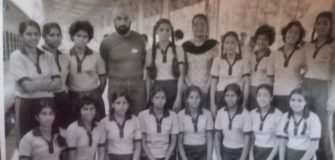WCW: Satinderwalia: It’s time our girls begin enjoying their game
Share
There’s bound to be a touch of nostalgia, anxiety and and not a little pain in the eyes when Satinderpal Singh Walia gazes at the TV screen these days.
As the Indian women battle for top honours in the Women’s Hockey World Cup, Satinder or ‘Sati’ as he is fondly known in the sport’s circles, the memories flash back.
The 72-year-old, now leading a peaceful retired life in Pune, ate, drank and slept hockey in a career that covered playing, umpiring and coaching.
But, as a coach of the national women’s team, Sati made the greatest impact in his multi-faceted contribution to the game.
The real life “Chak De India” girls that inspired the blockbuster movie released 11 years ago came from Sati’s tutelage. Mamta Kharab, Saba Anjum, Suraj Lata Devi, Subadhra Pradhan and Sanggai Channu formed the nucleus of India’s 2002 Commonwealth Games gold medal winning team in Manchester.
But it’s a memory that is both laced with joy and sadness.
Sati’s developed junior talent that graduated to the senior ranks. A role he slipped into in 1991 after suffering immeasurably from the vicissitudes of administration.
“I suffered a slap in the face on two occasions. I trained teams for the 1980 Moscow Olympics and three Asian Games only to be sidelined at the last moment,” he recalls.
“But I love hockey and stood by the game despite the heartbreaks.I used my ability for spotting and developing junior talent,” Sati reveals.
Mamta Kharab, scorer of the match-winner of the Commonwealth Games final against England, and teammates Saba Anjum and Sanggai Chanu did not escape Sati’s eagle eye for talent.
Sati attributes much of the fulfilment he has achieved in his role as coach to his wife Leela, a former international, who not only stood by him through thick and thin but also provided him a pathway to approach young female players where cultural constraints and attitudes would have otherwise stifled his ambition.
“Being married to Leela was a great help. More so because we both were in charge of the Western Railway team. Parents easily allowed their daughters to travel to Mumbai for training,” Sati reveals.
“At one stage, we hosted six girls in our flat for six to seven months. Had it not been for my wife, a top sportsperson, it would have been very difficult,” Sati, who as a Western Railway award-winning motorman plied Mumbai’s suburban trains through demanding and labyrinthine routes for decades.
Sati moulded young talent which featured in three Asia Cups, an Olympic Games and a World Cup but never was he nominated for the Dronacharya Award, the top top honour for a coach in the country.
“I’ve learned of my deputies being recommended for the Dronacharya,” he says with a chuckle that betrays hurt spanning decades.
An international who kept goal for Western Railway in the 1960s and 1970s before he took up the whistle to become an FIH Grade 1 umpire, Sati will not be left out of a debate on what is good for Indian hockey, particularly the women’s game so close to his heart.
“Our women’s player base is small. We should broaden it by blooding junior players at lesser tournaments,” he opines.
“Our girls have improved in strength and speed but we are lack accurate skills. For example, our long-distance hits are wayward and we need to sharpen one-on-one skills, wall passing and dealing with the aerial ball.”
Sati, whose coaching career began in 1978-79 for the India-(erstwhile) Soviet Union test series at home, coached some of the biggest names in hockey at the time including Rajbir Kaur, Selma D’Silva, Eliza Nelson and Namrata Shah.
And he places as much importance on persona as technical ability and skills. “It’s time our girls began enjoying their hockey. More often than not they sport a worried look on the pitch and at training. It seems that they fear reaction back home to failure,” Sati observes.
Pertinently, he believes that the diminishing interest for the game by city girls has stagnated fortunes at the international level. “Hockey IQ was high among players from the cities that once produced players in numbers,” Sati laments.
It’s a situation that at times deals the sport a double blow, especially with foreign coaches in attendance. “Communication with the players has always been a problem especially in high-pressure match situations where two minutes between quarters makes it near impossible for the message to get across.”
A scenario, according to Sati, that makes the fabulous skills from current coach Sjoerd Marijne’s Netherlands difficult to imbibe, the heartening display of the Indian ladies in London notwithstanding.



